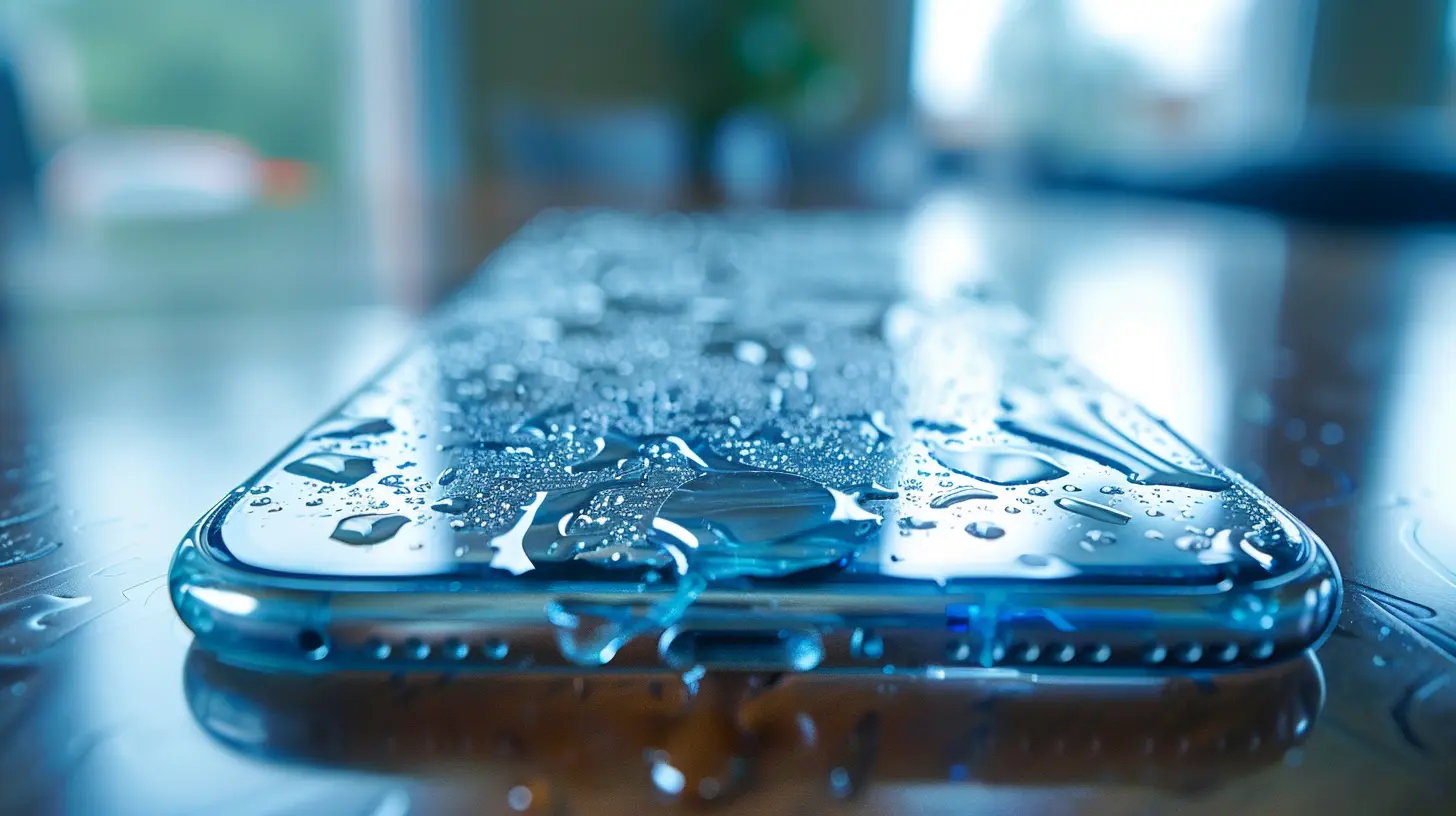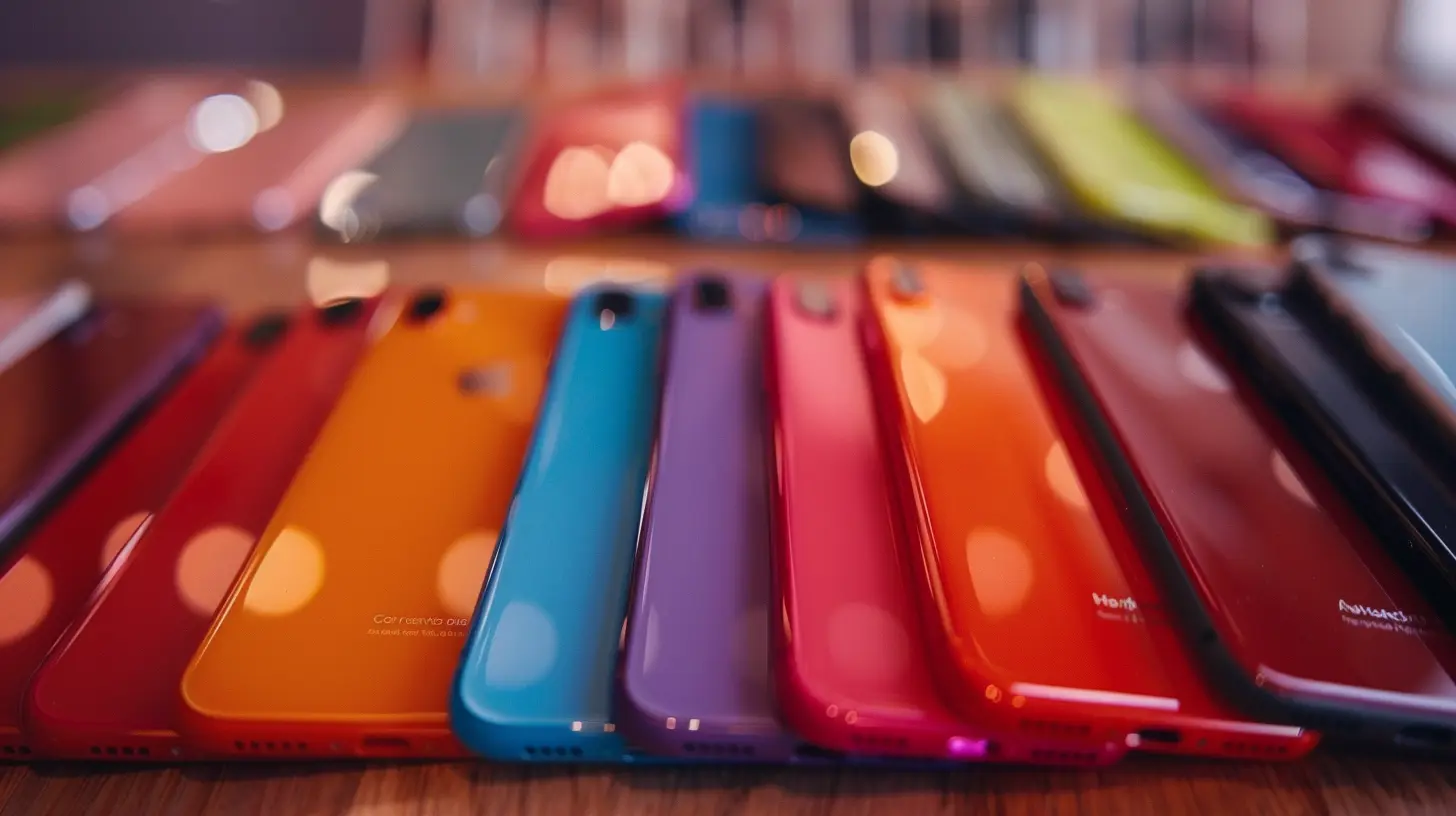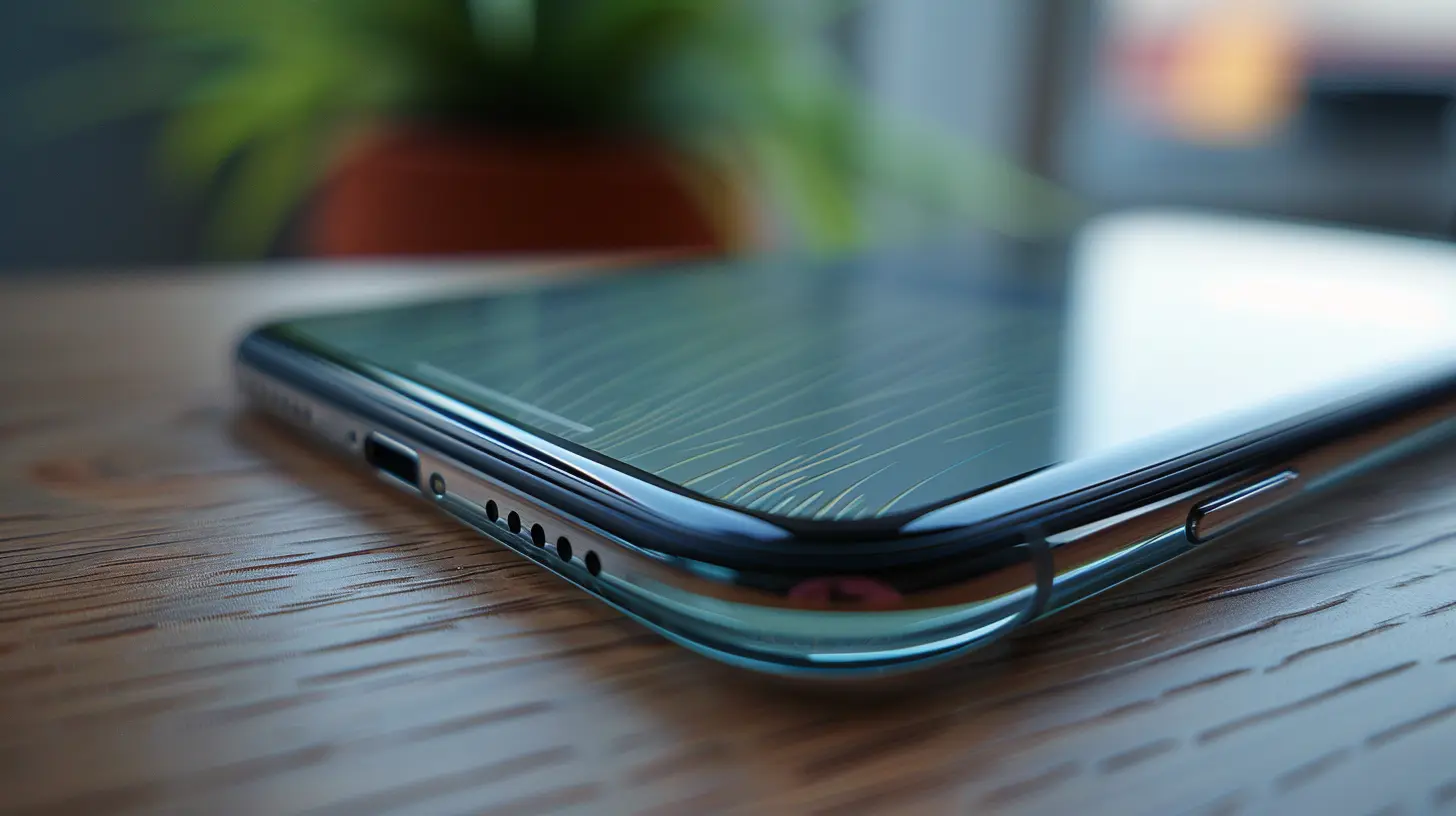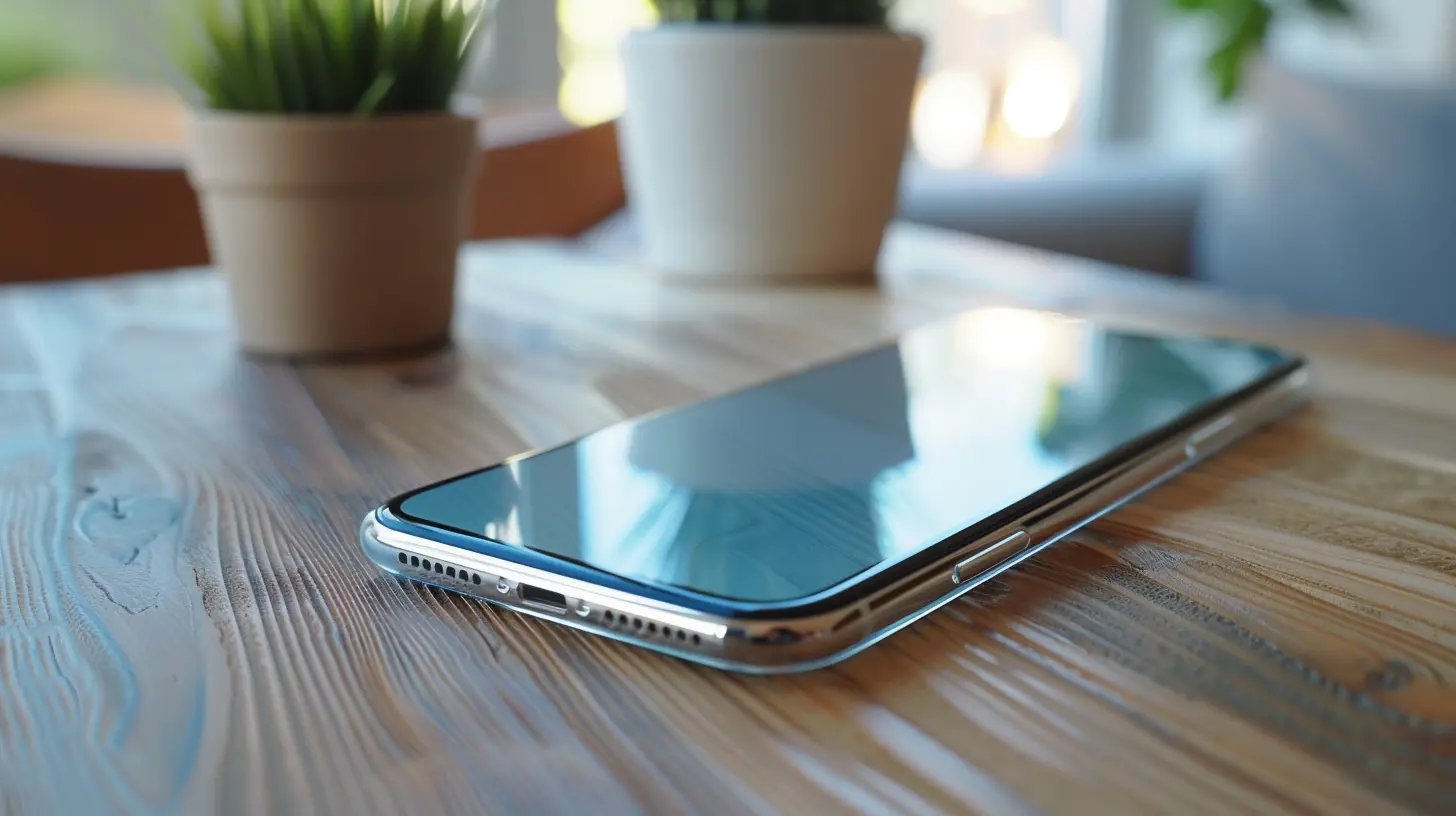How to Choose the Right Screen Protector for Your Devices
6 October 2025
Cracked screens, scratches, fingerprints—you know the drill. Almost everyone has had that mini heart attack watching their phone tumble down face-first. Whether it's your smartphone, tablet, smartwatch, or even your laptop screen, protecting your device is a must. And let’s be real, with how pricey gadgets are these days, a small investment in a screen protector could save you a lot of heartache and a chunk of change.
But here’s the tricky part: with tens of screen protector brands floating around, how do you know which one is right for you? It’s easy to get lost in the tech jargon—tempered glass, PET, TPU, oleophobic coating... uh, what now?
Well, don’t worry. I’ve got your back!
Let’s walk through the world of screen protectors in plain English and help you choose the perfect one for your device.
Why You Need a Screen Protector
Before diving into the types and features, let’s get one thing straight: Do you really need a screen protector?Short answer? Yes. Here’s why:
- Protects from scratches: Your keys, coins, and even dust can scratch your screen over time.
- Guards against drops: Some protectors absorb shock, saving your screen from nasty cracks.
- Repels fingerprints: Tired of smudges? High-quality protectors reduce oils and fingerprints.
- Preserves resale value: If you ever want to sell your device, a flawless screen can add bucks to its value.
So whether you’re a casual user or a clumsy butterfingers (no judgment here), a screen protector is a smart move.
Types of Screen Protectors: What’s Out There?
Alright, let’s break down the main types of screen protectors. Each type has its perks—and some drawbacks—so knowing what’s what will help you make the best call.1. Tempered Glass
This is the big daddy of protectors. Tempered glass offers top-notch protection and feels just like your original screen.Pros:
- Highly scratch-resistant
- Better impact protection
- Smooth, real-glass feel
- Easy to install
Cons:
- Slightly thicker
- Can be pricier than others
If you’re prone to dropping your phone or just want solid protection, go with tempered glass. It’s like putting armor on your screen.
2. PET (Polyethylene Terephthalate)
Don’t let the name scare you. PET is a basic plastic film—thin and lightweight.Pros:
- Super thin and lightweight
- Budget-friendly
- Decent scratch resistance
Cons:
- Poor impact protection
- Doesn’t feel like glass
- Limited in terms of touch sensitivity
PET protectors are okay if you just want to prevent minor scratches and aren’t too fussed about fancy features.
3. TPU (Thermoplastic Polyurethane)
TPU is like PET’s upgraded cousin—more flexible and better at self-healing scratches.Pros:
- Self-healing from small scratches
- Flexible and shatterproof
- Covers curved screens well
Cons:
- Tricky to install
- Not as clear or smooth as glass
Got a phone with curved edges like a Samsung Galaxy? TPU can wrap around those nicely.
4. Liquid Screen Protectors
Imagine wiping a magic potion on your screen that forms an invisible layer of protection. That’s liquid glass.Pros:
- Invisible and bubble-free
- Works on all devices
- Ultra-thin and doesn’t affect touch
Cons:
- Minimal protection from drops
- Limited lifespan
- Not removable
This is more like a backup plan than a primary shield. Ideal if you hate the look or feel of typical protectors.
Key Features to Consider
So you’ve picked a type—but wait! The box is full of additional buzzwords. Here’s what you actually need to look for:👆 Touch Sensitivity
You don’t want your screen to feel like it’s wrapped in plastic wrap, right? A good protector won’t interfere with your taps, swipes, or scrolling.💧 Oleophobic Coating
This fancy term just means it resists oil and fingerprints. Trust me, once you’ve used a screen with this coating, you’ll never go back.🧼 Easy Installation
No one wants bubbles and misaligned edges. Look for protectors that come with handy tools or alignment frames.🔒 Privacy Filters
Worried about nosy people peeking at your screen on the subway? Some protectors limit viewing angles so only you can see what’s on screen.😎 Anti-Glare
Constantly outside or in a bright room? Anti-glare protectors reduce reflection for better visibility.
Screen Protector by Device Type
Believe it or not, the best protector for your phone isn't always the best for a laptop or a smartwatch. Here’s what to look for based on your device:📱 Smartphones
Smartphones face the most wear and tear. They're in your pocket, bag, or hands all day long.Best pick: Tempered glass with an oleophobic coating. Bonus points for case-friendly designs if you rock a case.
📲 Tablets
Tablets, especially for kids or artists using a stylus, need responsive protectors.Best pick: Tempered glass or high-quality plastic that doesn’t interfere with pen inputs.
💻 Laptops
Laptops don’t face as much impact risk, but they can suffer from glare, fingerprints, and nosy coworkers.Best pick: Matte screen protectors with anti-glare and privacy filters.
⌚ Smartwatches
These tiny screens take a beating—daily bumps, scratches, and water splashes.Best pick: TPU or tempered glass specifically shaped for your watch model.
How to Install Like a Pro
Let’s be honest—installing a screen protector can test your patience. Dust, bubbles, and that one misalignment that drives you insane. But with a few easy steps, you can get a perfect fit:1. Clean your hands: Oils on your fingers can ruin the install.
2. Wipe your screen: Use the included alcohol wipe, microfiber cloth, and dust-removal sticker.
3. Line it up: Start by aligning the top edge and sides.
4. Let it set: Gently press from the center outward to stick it in place.
5. Push out bubbles: Use a card or tool to slide bubbles toward the edge.
Pro tip: Perform installation in a steamy bathroom. Steam helps get rid of dust floating in the air.
Popular Brands Worth Considering
Not all screen protectors are created equal. Here are a few that have earned solid reputations in the tech space:- ZAGG – High-quality tempered glass with a wide range of device compatibility.
- Belkin – Sleek, durable protectors often available in Apple Stores.
- Spigen – Budget-friendly and reliable.
- amFilm – Great value for money, especially for multi-packs.
- OtterBox Alpha Glass – Rugged and designed for heavy-duty protection.
You don’t need to break the bank, but going with a trustworthy brand can save you a lot of frustration.
When Should You Replace Your Screen Protector?
So you've got one on. Great! But when should you say goodbye and replace it?Look out for:
- Deep scratches or cracks
- Peeling at the edges
- Yellowing or cloudiness
- Loss of touch sensitivity
Most good protectors can last over a year, but if it’s compromised, swap it before your actual screen takes the hit.
Final Thoughts
Choosing the right screen protector doesn’t have to be overwhelming. Think of it like picking the right jacket: you want one that fits, protects, and suits your lifestyle.If you’re clumsy or just paranoid (no shame!), go for tempered glass. Want something light and invisible? Maybe a liquid guard is more your style. The key is finding a balance between protection, comfort, and usability.
Protecting your screens is like wearing a seatbelt—it’s a small step that makes a big difference when things go wrong.
So next time you grab a new device—or finally decide your cracked phone deserves better—don’t forget to suit it up with the right screen shield.
Your thumbs (and your wallet) will thank you!
all images in this post were generated using AI tools
Category:
Tech AccessoriesAuthor:

Jerry Graham
Discussion
rate this article
1 comments
Zevros Love
Choosing the right screen protector can feel overwhelming with so many options available. It's essential to consider factors like durability, clarity, and ease of installation. A good protector not only enhances your device's lifespan but also ensures a better user experience—definitely worth the investment!
October 7, 2025 at 3:43 AM

Jerry Graham
Absolutely! Prioritizing durability, clarity, and ease of installation is key to finding the perfect screen protector, ensuring both device longevity and an enhanced user experience. Thank you for highlighting these essential factors!


